#early modern printing
Photo

An illustration depicting Kōtokuin Temple (高徳院) and its large bronze image of Amida Buddha in Kamakura as it was in the mid-17th century
From “Tales of Kamakura” (鎌倉物語 “Kamakura Monogatari”) by Nakagawa Kiun (中川喜雲) and illustrated by Hishikawa Moronobu (菱川師宣), published in 1659
Image from the temple’s official website
#buddhist temple#神奈川県#kanagawa prefecture#鎌倉市#kamakura#高徳院#kotokuin#清浄泉寺#shojosenji#鎌倉大仏#kamakura daibutsu#阿弥陀如来#阿弥陀#amida nyorai#amida#amitabha#early modern printing#book illustration#中川喜雲#nakagawa kiun#菱川師宣#hishikawa moronobu#鎌倉物語#kamakura monogatari#鎌倉名所記#kamakura meishoki
22 notes
·
View notes
Text

Asai Kiyoshi
Early Cat
Ca. 1940s.
#modern art#asai kiyoshi#cat#woodblock print#japanese woodblock#japanese artist#cats in art#cats of tumblr#japanese prints#early cat#1940s style#1940s#1940s art#japanese print#japanese art
686 notes
·
View notes
Text
Have you ever wondered what characters from Greek mythology would look like in a medieval AU? Wonder no more:
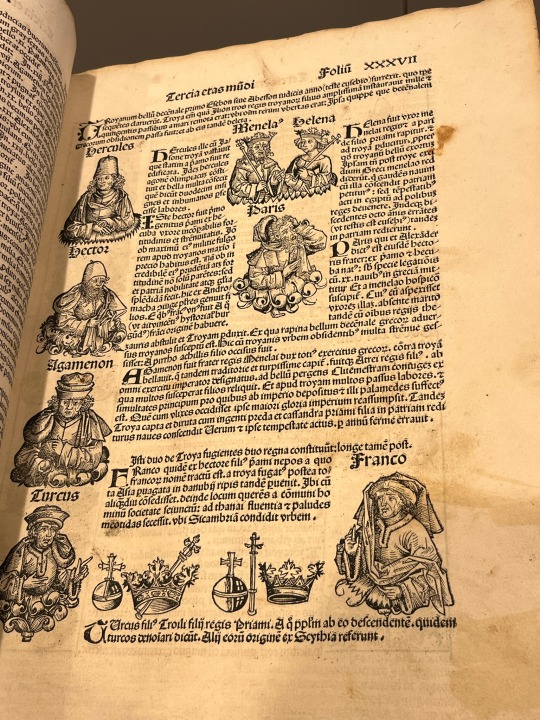
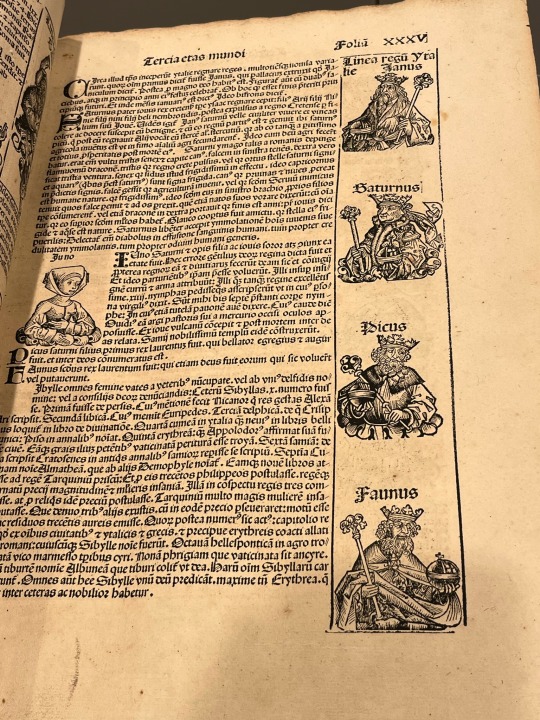
In the first picture are Hercules on the top left, Menelaus and Helen in the middle, Paris underneath them, and Hector and Agamemnon underneath Hercules. In the second picture are Janus, Saturn, Picus, and Faunus on the right, and Juno on the left.
(This is the Nuremberg Chronicle, a fifteenth-century German incunabulum.)
#early modern#incunabula#early printed books#medieval studies#greek mythology#greek myth art#trojan war#Hercules#Heracles#Agamemnon#menelaus#helen of troy#faunus#saturnus#Juno#janus
89 notes
·
View notes
Text
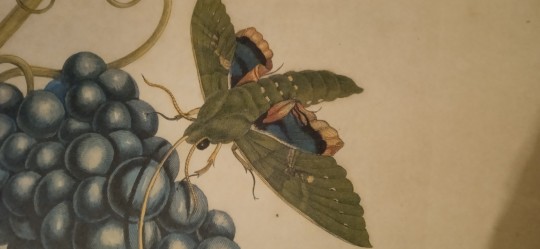






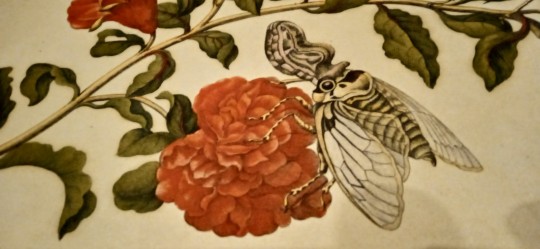
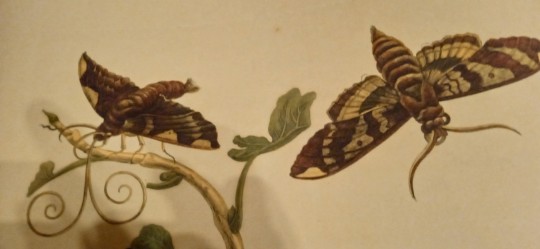

Some details from Maria Sybilla Merian's Metamorphosis Insectorum Surinamensum (1705)
(I'm afraid my phone camera isn't quite doing it justice but still.)
@onenicebugperday
#maria sybilla merian#early 18th century#scientific illustration#art#women in science#book illustration#art detail#metamorphosis insectorum surinamensum#women artists#early modern science#18th century#insects#botanical#biology#beautiful books#prints
556 notes
·
View notes
Text

Hiroaki Takahashi Shōtei (Japanese, 1871-1945) • Snow on Ayase River • 1915 • Rijksmuseum, Amsterdam, Netherlands
#art#fine art#art history#hiroaki takahashi shōtei#japanese artist#wood block print#early 20th century japanese art#japanese woodblock print#snow scene woodblock print#pagan sphinx art blog#art blog#art enthusiasts#modern prints
13 notes
·
View notes
Text
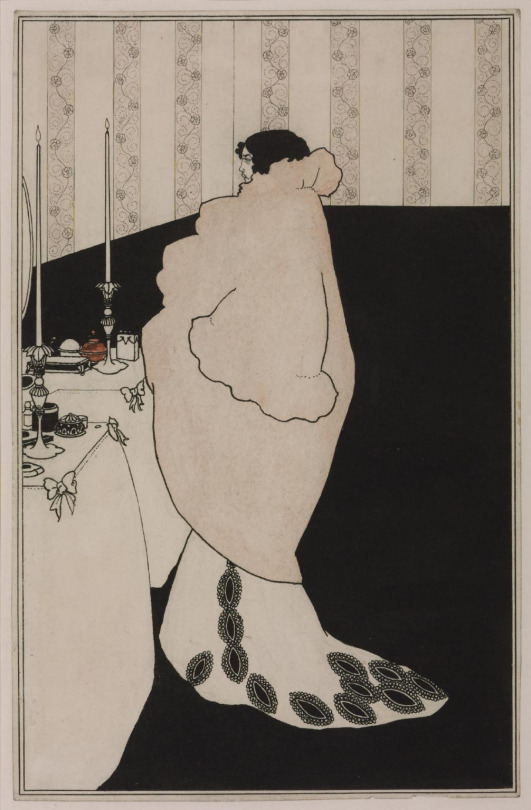
Source
Lady With Camellias
Aubrey Beardsley, 1894
7 notes
·
View notes
Text
I've been reading Howard Pyle’s “classic” children’s version of the Robin Hood story, published in 1883, and if I had a nickel for every time he uses the word "stout", I would have $12.35, because he has used it 247 times in this 207 page ebook, including this shining example:
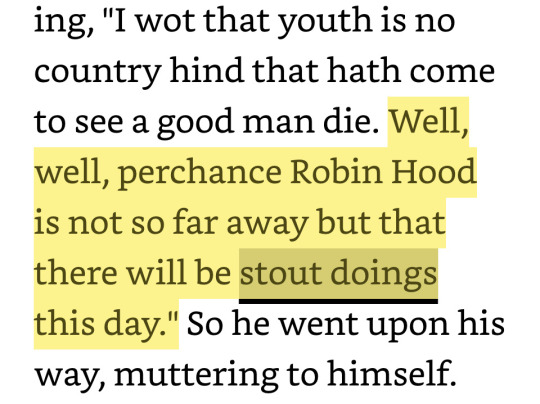
Learn another adjective, Howard. I am begging you.
#19th century#victorian literature#robin hood#books#i have no idea how this books became a classic#it's not great y'all#the writing is mediocre at best#and the clumsy pseudo-Early Modern English style is annoying to read#edith heal did a much better job of it in 1926#if only that version were available in print or ebook#this is not to mention the reference to someone smoking a corncob pipe#you know what they didn't have in mediaeval england?#corn and tobacco#get your shit together howard
183 notes
·
View notes
Text

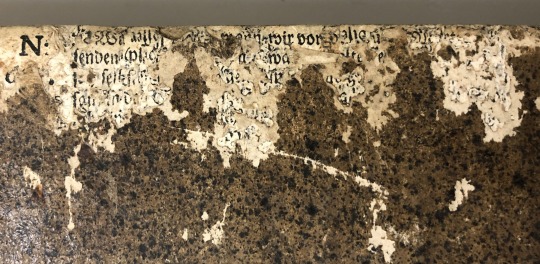

18th century printed book, with waste-paper binding showing underneath peeling/insect-damaged leather (from Preservation Underground, Duke University Library blog)
#found researching my early modern print essay#let out the most ungodly sound when i saw this#absolutely incredible and so so gorgeous#not just bound in wastepaper - the boards themselves are MADE of wastepaper. i love this thing!!!!#notes section#fav#anthropocene#antiques#clownery
6 notes
·
View notes
Text
There's a symposium happening at my university right now on Hebrew printing and type (inclusive of Yiddish, Ladino, Judeo-Arabic, and other languages, too) and I am absolutely geeking out about it. There are folks here from some amazing institutions, including the Yiddish Book Center, and the talks so far have all been amazing. It's making me really want to work on my Yiddish again, and also just making me so happy for Jewish reasons!
#there's even going to be a printing workshop tomorrow at a local book arts place that i'm really hoping i can make it to#i especially loved the early modern printing talks in the morning but it's all so fascinating
2 notes
·
View notes
Text
Have you ever agonized over trying to find out where Gandae is now while trying to cite an extremely old book in Latin? Or tugged at your hair while wailing in despair at the fact that Leucopetrae was the name for present-day Weissenfels, Germany? Are you tired of messing about with geographical tables from the same time period as the book you're researching just to see if you can track down where that weird name was on the map so you can compare it to a map from today and find out the city's name? Or maybe none of these apply to you and you actually just want to mess around with some cool Latin words?
Well, have I got the database for you!!! Go to Latin Place Names at https://rbms.info/lpn/, cause it is wonderful and I may or may not have started dancing around my living room and whooping gleefully when I found it
8 notes
·
View notes
Photo

Rokuharamitsuji Temple (六波羅蜜寺) in Kyoto as it looked in the 18th century, with more extensive and elaborate temple grounds before the Meiji Restoration of 1868
Illustration from “An Illustrated Guide to Famous Places in the Capital” (都名所図会), 1790, written by Akisato Ritō (秋里籬島) and illustrated by Takehara Shun’chōsai (竹原春朝斎)
#buddhist temple#京都#kyoto#六波羅蜜寺#rokuharamitsuji#西国三十三所#early modern printing#book illustration#秋里籬島#akisato rito#竹原春朝斎#takehara shunchosai
19 notes
·
View notes
Text
the problem with having 1870s bookshelves is that most books published after then are much taller than the shelves
#part of me really prefers having books upright. probably because it's easier to remove books like that#and I guess it's a thing since the sixties actually. I think those shelves in the hall that Iovingly polished last year were bought soon#after my grandparents married since the builder's label is still on them. and those are not much taller in actual shelf height#and whilst I do admittedly have a lot of old books most of them. are modern. in the sense that they were printed within my lifetime or soon#before I was born like. to the early nineties I'd say.#like so my beloved 1851 shelley poetry book fits wonderfully on the shelf. my copy of all tomorrow's photos#(not so subtle plug for genesee's book but also it's the most recently printed book I own)#does Not fit
3 notes
·
View notes
Text
I am so *incredibly* sick of people just randomly blaming everything they don’t like on the internet - or, worse yet, just mindlessly scaremongering about the internet and its “effect on society” without the slightest idea of the actual precedents there are in history for the internet.
A really solid example is the invention and popularisation of the moveable-type printing press in the early modern period. Its effect on mass communication and the democratisation of knowledge and communication is very comparable.
It’s pretty reasonable to say that the main reason the Protestant Reformation happened when it did was because Martin Luther, unlike, say, William Wytcliffe, a 14th century English proto-Protestant, had access to the printing press and could put out pamphlets, meaning his evolving ideas could reach a potentially huge - and *very interested* - mass audience.
This wasn’t even limited by literacy rates, which were growing at the time, because there was also a huge culture of reading out loud and debating in most urban centres at the time, particularly in Germany and the Low Countries. And, given how quick and easy pamphlets were to print and distribute, it didn’t take long for pamphleteering wars to break out. I entirely stopped giving any credence to people claiming the internet was causing “the death of civility in society” after I read one of Thomas More’s (yes, the martyr *Saint* Thomas More, who is somehow *still* regarded as a stately and dignified man of conscience) flame war replies to Luther where he said “your shitty mouth, truly the shit-pool of all shit, all the muck which your damnable rottenness has vomited up”.
#history#early modern history#early modern#moveable type printing press#mass communication#thomas more#Martin Luther#pre-internet flame wars#scaremongering#the Protestant reformation#internet scaremongering#William wytcliffe#pamphlet
7 notes
·
View notes
Text
ugh I get that all of us who study anything pre-1800 have to stick together in the face of an uncaring and cruel academic job market etc but can I just say that as a medievalist I resent having to be in community with early modernists. look at them. they don’t even know latin
#sorry but if you get to work primarily with printed sources in the vernacular I don’t fuck with you#this is me very generously putting aside my disdain for early modern periodization at all#(the Middle Ages didn’t end until 1800; there is no ‘early modern’)#(your modernist teleology is a false god etc)#rare pic of me in the wild
2 notes
·
View notes
Text
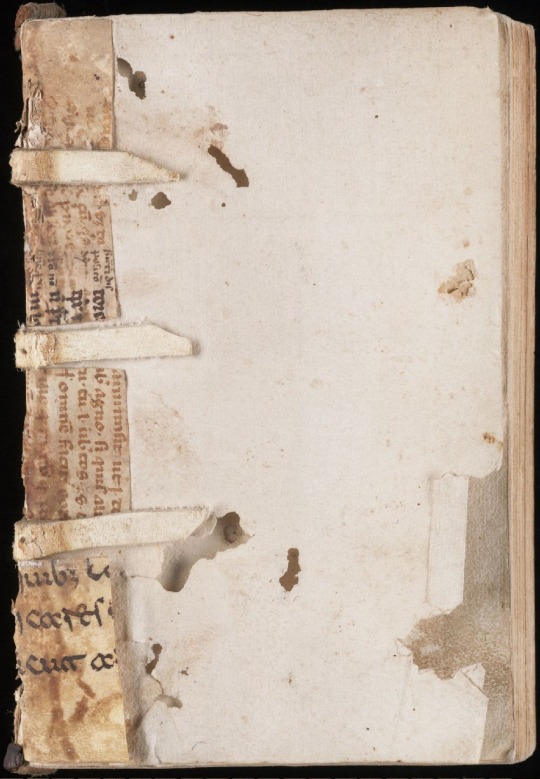
Just some beautiful 16th century binding, with parchment fragments used for reinforcements
📜 @BeineckeLibrary MS 866
#early medieval#medieval manuscript#medievalist#medieval history#medieval manuscripts#medieval#printed books#early modern history#early modern#book history#archives and special collections#special collections
20 notes
·
View notes
Text
Early Modern English: Shakespearean Era to the King James Bible (1500-1700 AD)
Early Modern English is the linguistic epoch that spans roughly from the late 15th century to the late 17th century. It represents a significant transitional phase in the evolution of the English language, bridging the gap between the Middle English period and the modern form of the language that we use today.
During the Early Modern English period, several key developments profoundly influenced…

View On WordPress
#Cultural exchange in language#Early Modern English history#education#English#English language evolution#English vocabulary enrichment#english-language#english-learning#Exploration and language evolution#Grammar changes in Early Modern English#inglés#King James Bible influence#King James Version impact#language#Language during Renaissance#language-learning#languages#learn-english#learning#Linguistic developments 1500-1700#Printing press influence#Renaissance language transition#Shakespearean era language#Standardization of English#William Shakespeare vocabulary
0 notes